Here sits the unicorn in captivity; his bright invulnerability captive at last

Here sits the unicorn in captivity; his bright invulnerability captive at last
Anne Morrow Lindbergh was a woman of many talents and passions, but perhaps one of her most enduring legacies is her ability to capture the essence of the human experience in her writing. In her work, she often explored themes of freedom, captivity, and the struggle to find one's true self in a world that can be both beautiful and cruel.The phrase "Here sits the unicorn in captivity; his bright invulnerability captive at last" can be seen as a metaphor for the human condition, as well as a reflection of Lindbergh's own struggles and triumphs. The unicorn, a symbol of purity, innocence, and magic, is often depicted as a creature of great beauty and power. In this context, the unicorn represents the untamed spirit within each of us, the part of ourselves that is wild, free, and unbreakable.
However, the unicorn is also a creature of myth and legend, a symbol of the unattainable and the impossible. In captivity, the unicorn loses its freedom and its invulnerability, becoming vulnerable to the whims and desires of others. This can be seen as a metaphor for the ways in which we can lose touch with our true selves, becoming trapped by societal expectations, personal insecurities, and the pressures of everyday life.
For Lindbergh, who lived a life of great privilege and great tragedy, the idea of captivity and invulnerability would have held special significance. As the wife of famed aviator Charles Lindbergh, she experienced both the exhilaration of flying and the crushing weight of public scrutiny and personal loss. In her writing, she often grappled with the complexities of her own identity, struggling to reconcile the demands of her public persona with the desires of her private self.
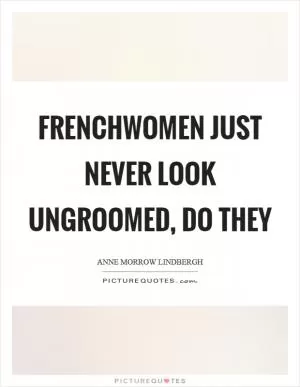
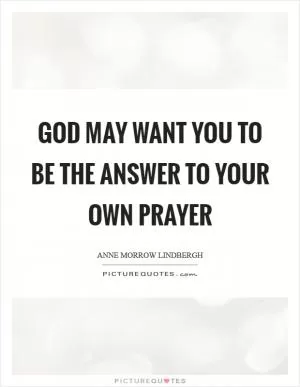
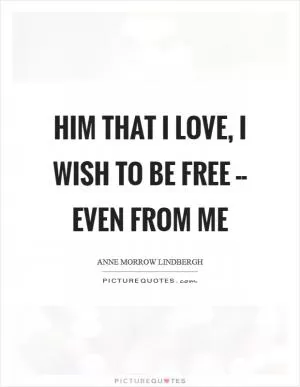



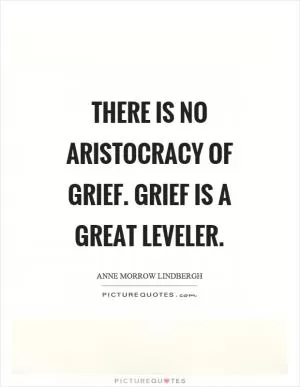
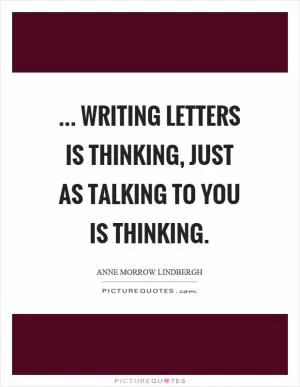
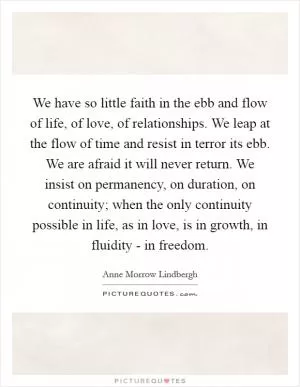
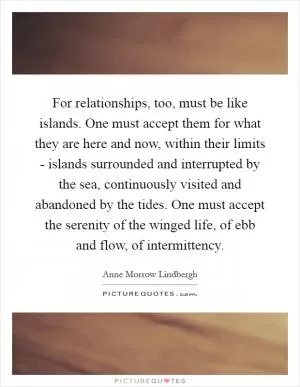
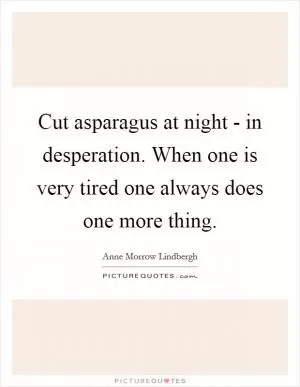
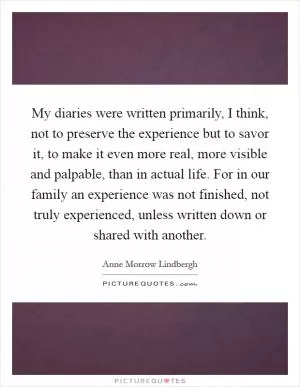
 Friendship Quotes
Friendship Quotes Love Quotes
Love Quotes Life Quotes
Life Quotes Funny Quotes
Funny Quotes Motivational Quotes
Motivational Quotes Inspirational Quotes
Inspirational Quotes